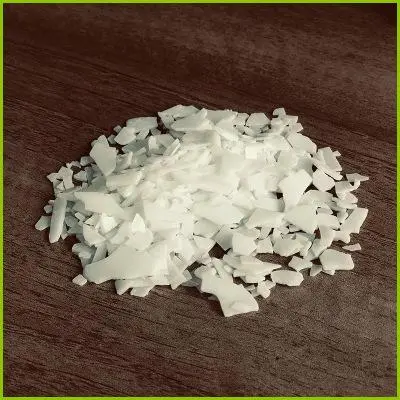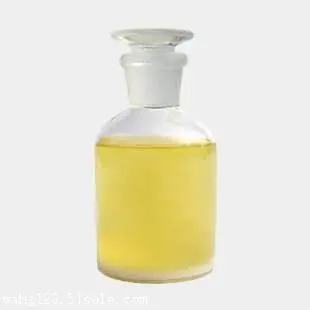The Lung’s Secret Superhero: How Surfactant Keeps Us Breathing
(What Does Surfactant Do In The Lungs)
Take a deep breath. Feel your chest rise and fall? Behind that simple act lies a tiny molecule doing big work. Meet surfactant, the unsung hero in your lungs. Without it, breathing would feel like trying to inflate a balloon coated in glue. Let’s break down why this stuff matters.
Surfactant is a slippery substance made of fats and proteins. It coats the inside of your lungs’ air sacs, called alveoli. These sacs look like bunches of grapes and handle the critical job of swapping oxygen for carbon dioxide. But here’s the problem. Water molecules inside these sacs love to stick together. This creates surface tension, a force that makes the sacs want to collapse. Imagine blowing up a balloon, then letting it deflate until the sides cling together. Without surfactant, your alveoli would do the same after every exhale. Re-inflating them would take way more effort. You’d feel like you’re breathing through a straw.
Surfactant cuts this surface tension. Think of it like soap in water. Soap breaks the sticky forces, letting bubbles form easily. Surfactant does something similar in your lungs. It spreads over the water layer in the alveoli, pushing the water molecules apart. This keeps the air sacs from sticking shut. The result? Your lungs stay springy, expanding and shrinking with minimal effort. Even a baby’s first breath relies on surfactant. Without it, their tiny lungs couldn’t open properly.
Premature babies often struggle because their bodies haven’t made enough surfactant yet. This causes respiratory distress syndrome (RDS). Their lungs stiffen, and breathing becomes exhausting. Doctors fix this by giving artificial surfactant directly into the lungs. It’s like greasing a squeaky hinge—suddenly, everything works smoother. This treatment saves countless lives every year.
Surfactant isn’t just about mechanics. It also fights germs. Some proteins in surfactant stick to bacteria and viruses, helping immune cells hunt them down. It’s like leaving breadcrumbs for your body’s defenders. Plus, surfactant keeps the lungs clean by helping to sweep out dust and debris. Without it, your airways would get clogged faster.
What happens if surfactant goes wrong? In adults, damaged surfactant can play a role in diseases like COPD or acute respiratory distress syndrome (ARDS). When lungs are injured by infections, toxins, or trauma, surfactant production can drop. The alveoli become harder to inflate, and oxygen levels plunge. Researchers are studying ways to boost surfactant in these cases, but it’s tricky. Too much might cause other issues, like clogged airways.
Even the way surfactant works is cool. When you exhale, the alveoli shrink, squishing the surfactant molecules tightly together. This actually makes them better at lowering surface tension—like crowding people into a elevator makes them push harder against the walls. When you inhale, the molecules spread out, still keeping things slippery. It’s a self-adjusting system that’s both simple and brilliant.
(What Does Surfactant Do In The Lungs)
Surfactant doesn’t get headlines, but it’s always on duty. Every breath you take depends on this oily film working behind the scenes. It’s a reminder that some of the body’s best tricks are the ones we never notice—until they stop working. Next time you yawn or sigh, give a little mental nod to surfactant. It’s the reason breathing feels effortless, and that’s something worth celebrating.
Inquiry us
if you want to want to know more, please feel free to contact us. (nanotrun@yahoo.com)




